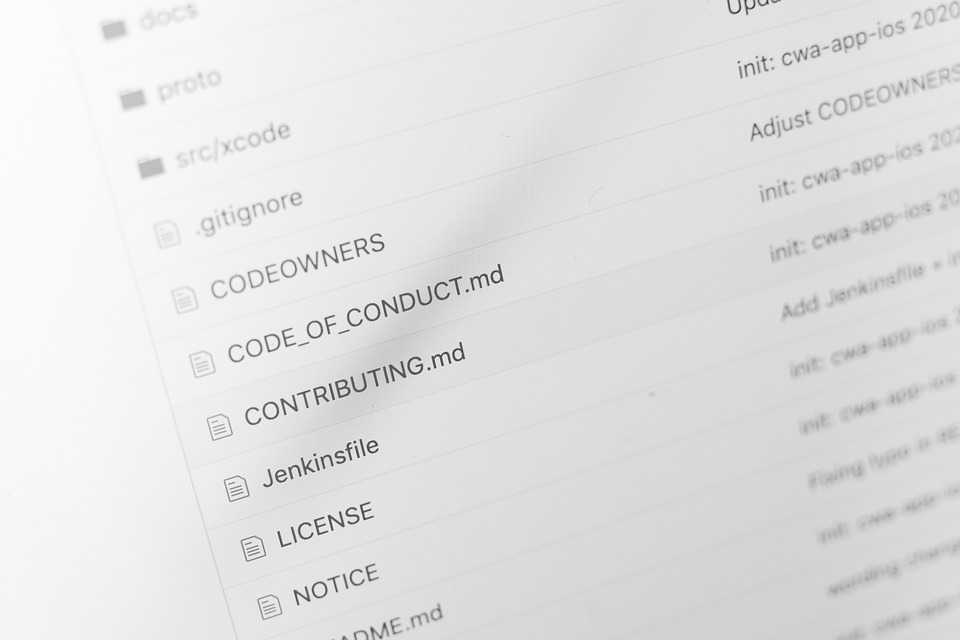In today’s fast-paced digital landscape, the demand for web applications is ever-increasing. Businesses need solutions that not only address their unique requirements but also can be rolled out swiftly. This is where low-code/no-code platforms come into play, revolutionizing the world of app development with a simple truth: you don’t need to be a developer to create functional web applications. By leveraging drag-and-drop technology, these platforms make building apps accessible to everyone—from seasoned professionals to those with no coding experience.
The Rise of Low-Code/No-Code Platforms
Over the past few years, the rise of low-code and no-code development platforms has dramatically shifted the app development paradigm. Traditionally, building software required extensive knowledge of programming languages, database management, and deployment processes. However, the advent of platforms like Bubble and Webflow has democratized app development, allowing virtually anyone with an idea to bring it to life without writing a single line of code.
What Are Low-Code and No-Code Platforms?
Low-code platforms provide a visual development environment where users can add and modify components through graphical interfaces while still offering some coding capabilities for more complex functionalities. No-code platforms, on the other hand, aim to eliminate coding entirely, making it easy for even the most non-technical users to design and deploy applications.
Drag-and-Drop Development Explained
At the heart of these platforms is the drag-and-drop development feature, empowering users to create applications by simply placing elements on a canvas. This approach not only simplifies the design and development process but also allows for rapid prototyping. Users can visualize their creations in real time, reducing the cumbersome back-and-forth often associated with traditional development.
The Benefits of Drag-and-Drop Development
1. Speed and Efficiency
One of the most significant advantages of low-code/no-code platforms is the unprecedented speed at which applications can be built. With traditional coding, developers may spend weeks or months on a single project. By contrast, drag-and-drop development can reduce this time substantially. Teams can quickly iterate, test, and make enhancements to applications, ensuring that products are delivered on time and in alignment with evolving business needs.
2. Accessibility for Non-Developers
The barrier to entry for app development has never been lower. With platforms like Bubble and Webflow, marketing teams, product managers, and entrepreneurs can create powerful applications without needing a technical background. This democratization of app development fosters creativity within organizations, enabling a broader range of individuals to contribute to the digital transformation efforts of their businesses.
3. Cost-Effectiveness
Hiring a team of skilled developers can be costly, especially for small businesses or startups. Low-code/no-code platforms reduce this financial burden by allowing companies to leverage existing resources to build applications. By minimizing reliance on external developers, organizations can save money and allocate resources elsewhere.
4. Enhanced Collaboration
Low-code/no-code tools foster better collaboration between IT and business teams. When non-technical team members can contribute to the development process, it leads to improved communication and understanding of project requirements. This synergy ensures that the final application aligns more closely with the needs of the business and its users.
5. Scalability and Flexibility
Many low-code and no-code platforms are designed with scalability in mind. As businesses grow and evolve, their applications can also adapt to new functionalities and integrations. Platforms like Webflow make it easy to adjust website design and features without extensive redevelopment.
Impact on Industries
From e-commerce to healthcare, the impact of low-code/no-code platforms is being felt across various industries. Startups are harnessing these tools to quickly launch MVPs (Minimum Viable Products), educators are creating custom e-learning platforms, and even large enterprises are building intranet solutions without tapping into their IT departments.
Case Study: Bubble and Webflow
Let’s take a closer look at two leading platforms:
-
Bubble: A comprehensive no-code development platform that allows users to build complex web applications and databases without coding. Its robust ecosystem, featuring user authentication, payment processing, and API integrations, empowers entrepreneurs and businesses to launch sophisticated applications rapidly.
- Webflow: A no-code website builder that combines design, content management, and hosting. With its powerful drag-and-drop interface, designers can create responsive web applications that not only look great but also function seamlessly—all without any coding knowledge.
Conclusion
The world of app development is evolving rapidly, and low-code/no-code platforms are at the forefront of this transformation. By simplifying the development process, these platforms are empowering individuals and organizations to innovate like never before. With the ability to create applications at lightning speed and without the need for extensive technical skills, we are entering a new era where the only limit is one’s imagination. Whether you’re a business leader looking to solve a problem or an aspiring entrepreneur with a groundbreaking idea, tools like Bubble and Webflow are your keys to unlocking the world of app development.
So, are you ready to start building? Your journey begins with just a drag and a drop!



